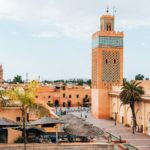Verona is a city on the Adige River in Veneto, Italy. It is best known for its Shakespeare associations as it was made the romantic setting for the moving tale of Romeo and Juliet. It is the most romantic of cities that Italy has to offer. Discover the city’s stunning history and architecture everywhere you look. Wander through the streets of the second largest city of the Veneto Region (after Venice). Verona is absolutely worth a visit.
Get the most of this amazing city with these 15 things to do …
MUST-DO
Verona Cathedral
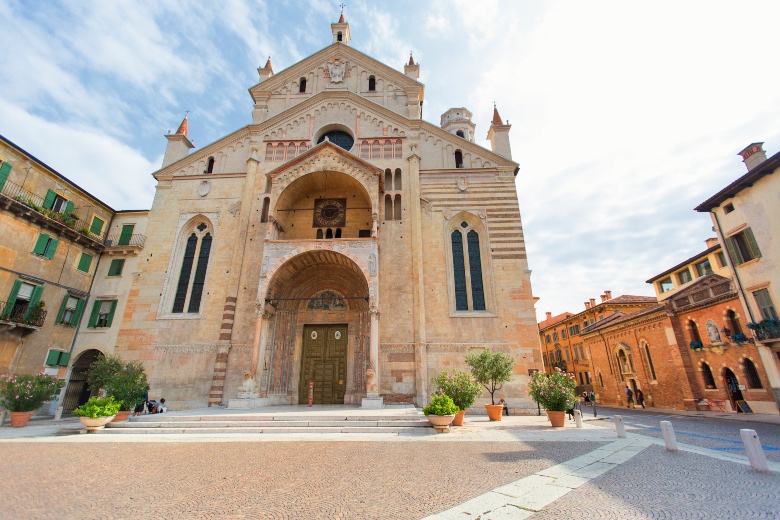
Verona cathedral was consecrated in 1187, and is one of the oldest religious buildings in Verona. Located in Northern Italy, it is dedicated to the blessed virgin Mary. The cathedral is simply architectural brilliance. The exterior is grand with its many Romanesque sculptures. Inside, get ready to revel in the opulence. You will find gothic arches and stunningly decorated aisles. There is a beautiful fresco depicting a religious scene at the main altar. Inside the chapel, works by Falconetto, Liberale, Giolfino are also contained. On the side of the Cathedral there is also a very large bell tower.
The area surrounding the Cathedral of Verona is populated by a series of religious buildings linked together, these include San Giovanni in Fonte, Santa Elena, the Canons’ cloister, and the Capitular library. Visiting the Verona cathedral is definitely a highlight to any visit to Verona.
Castelvecchio
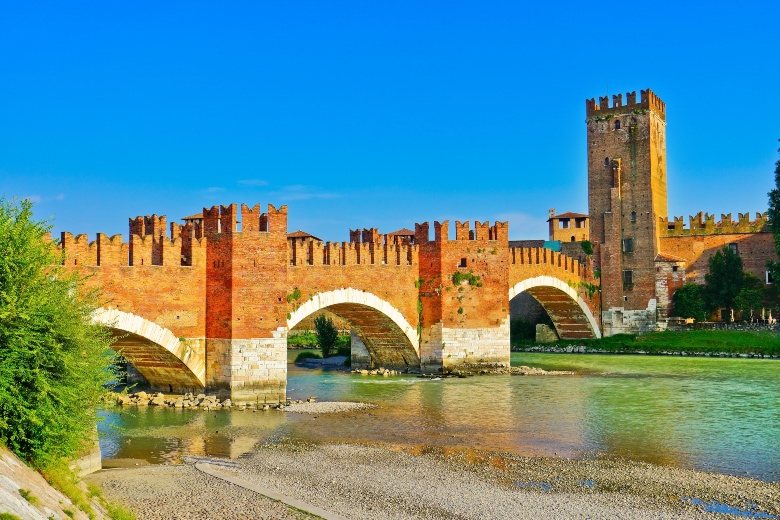
Castelvecchio was built in 1355 by the della Scala family. It was first built to serve as a primary mode of defence for the city. The building has much artistic value and is a prominent example of Gothic architecture. The magnificent structure also holds one of the most important museums in Verona. The museum displays exciting art collections, there is even a collection of precious 14th-century jewels to discover. You will also discover several masterpieces by Veronese artists such as Bellini, Montagna, Guardi, and Tintoretto – you will definitely leave with a newfound appreciation of art.
The guided tour is an excellent way to learn more about the castle and journey through its artistic, political and personal aspects.
Casa di Giulietta
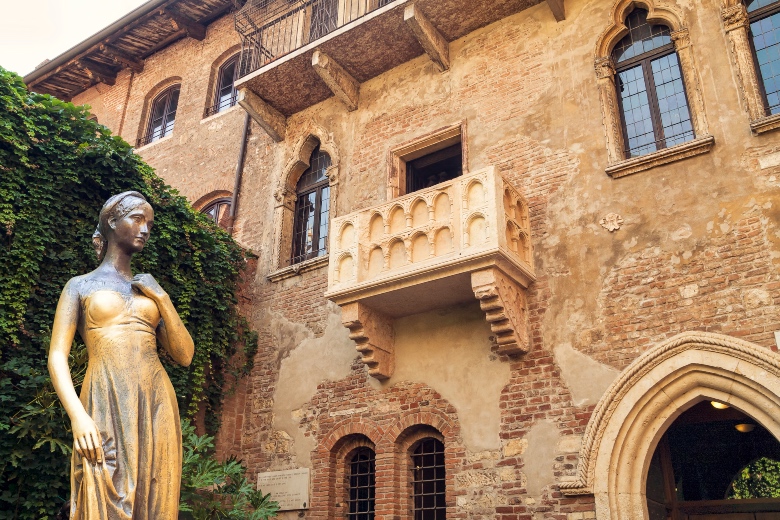
Casa di Giulietta (which translates Juliet’s house) is arguably one of the most famous spots in Verona. Just off the Piazza Delle Erbe square, it is best known internationally as the setting for Shakepeare’s Romeo and Juliet. The famous balcony is certainly a tourist favourite, people are constantly gathered around to take pictures of the place where Juliet supposedly called out to her star-crossed lover. The fading bronze statue of Juliet is also appreciated and included in the pictures! Casa di Giulietta is seen as one of the most romantic spots to visit and lovers from all over the world even leave inscriptions or love notes, which line the wall up to 2 metres high. Inside the house you will find an array of informative displays about the play and the building.
Piazza Delle Erbe
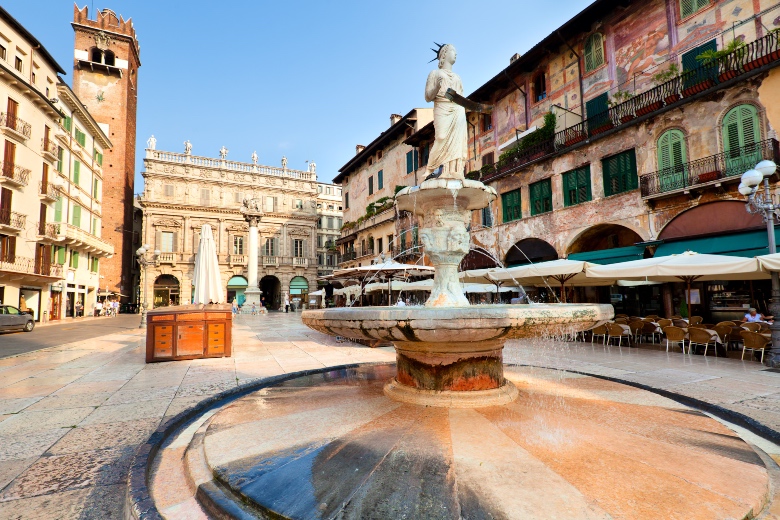
Piazza Delle Erbe is a popular square in Verona. It sits right at the heart of Verona’s historic center and was once the town’s forum during the time of the Roman Empire. The fountain in the middle of the square dates back the time of Roman rule, featuring Madonna Verona. The square is great for food, drinks and generally just appreciating your surroundings. The Market stalls sell everything from fruit to clothing and souvenirs (from Monday to Saturday). The square is a frequent stop for guided tours, so you will more than likely visit to at least once on your trip to Verona.
The picturesque square is bustling with life and is surrounded by astonishingly beautiful architecture, it is perfect for your daily passeggiata (leisurely walk or stroll).
Basilica of San Zeno Maggiore
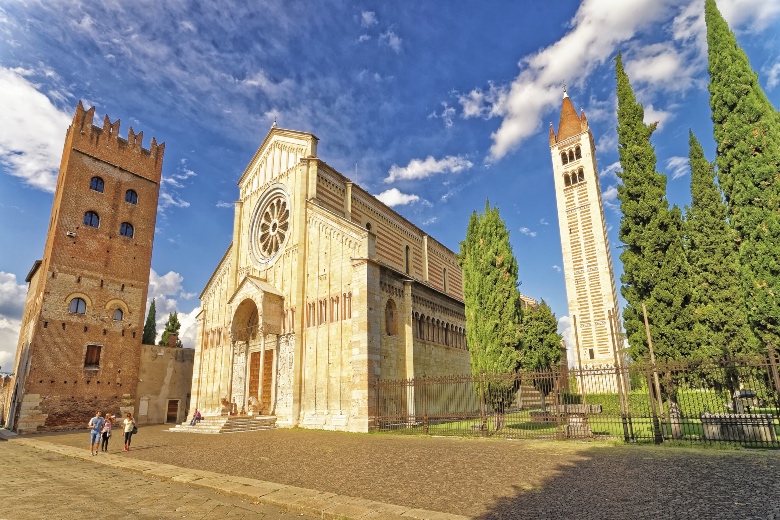
The Basilica of San Zeno Maggiore is considered the finest Romanesque building in northern Italy. It has stunning architecture, but it was also the fictional place of the marriage of Shakespeare’s Romeo and Juliet. The large Romanesque basilica was built between the 11-12th century and is dedicated to the former Bishop and patron saint of Verona, San Zeno. Each detail is meticulous, from the bronze doors, to the warm colours of the façade, or even the marble columns holding up the arches. The sight is indeed splendid.
The Basilica is located on the west side of the River Adige, so as it is removed from the center of Verona, you are sure to not be crowded with tourists. make sure to take your time to admire the gorgeous Basilica.
OTHER TOP THINGS TO DO
Scaliger Tombs
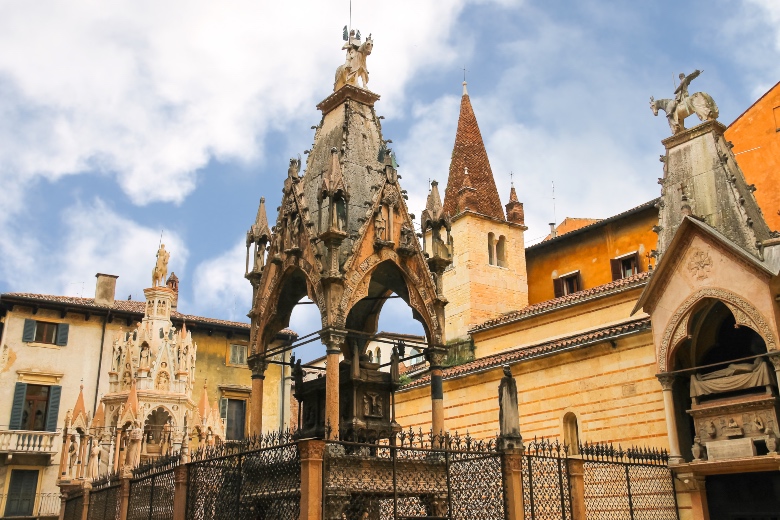
The Scaliger Tombs are a series of five gothic funerary monuments dedicated to the influential Scaliger family, who ruled in Verona from the 13th to the late 14th century. Located next to the Piazza dei Signori, the tombs are dedicated to Cangrande I, Mastino II, Cansignorio, Alberto II and Giovanni. Although this may be a rather peculiar thing to see whilst on holiday, it is an impressive monument to set your eyes on. The tombs are famous for their elaborate decoration, some are ornate with sculptures, whilst some are more simple. Cangrande is the most important and famous member of this aristocratic dynasty and his equestrian statue is portrayed right on the top of his monument.
The Scaliger Tombs are an outstanding example of Gothic art.
Ponte di Castelvecchio
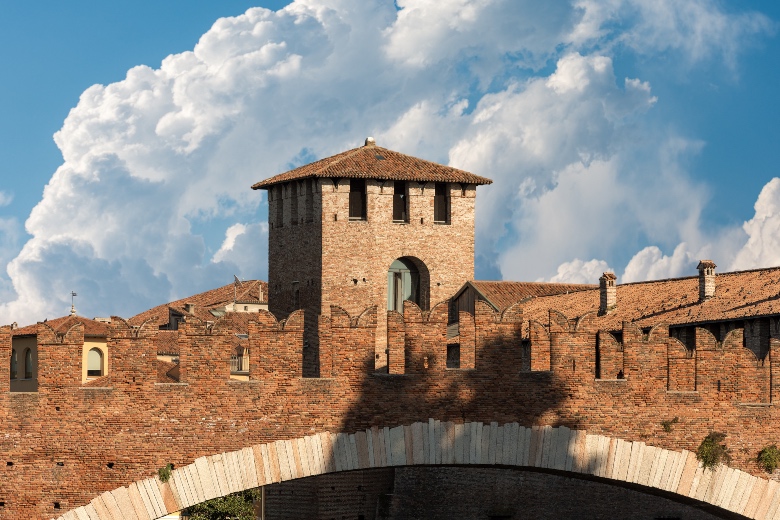
Ponte di Castelvecchio is connected to the Castelvecchio. The bridge is made from red brick and connects Castelvecchio and Adige. The Scaliger bridge (as it is also referred to), is celebrated by historians as “the most audacious and wondrous works of the middle ages in Verona”. The stunning bridge has a total length of 120 metres, with over 48 meters of arch indulging the currents. The bridge was mostly destroyed by The bombing Manfredi in 1945, but was reconstructed identical to the original one due to the materials that were able to be salvaged.
Wander down the bridge and absorb the majesty of it all.
Arena di Verona
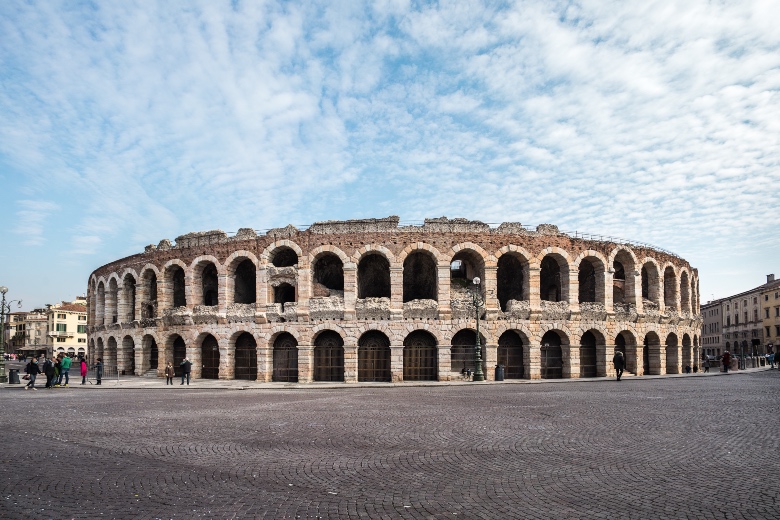
Arena di Verona is the most renowned Veronese monument. Equally, it is among one the best preserved Roman amphitheaters. Built in the first century AD, the seating area is made up of 44 levels and can hold up to 22,000 spectators. The arena is located in the middle of the historic town centre. It has seen many uses, during Roman times, it was used to spectate gladiator fighting, whilst in the medieval times it was commonly used for games and tournaments. Currently, in July and August, the Arena is the home of the Verona Opera Festival. The amphitheatre survived a 12th-century earthquake to become the city’s legendary open-air opera house.
Experience the arena properly, don’t just go and look at the remains of the remarkable structure, but make sure to catch a show too.
Pizza Time
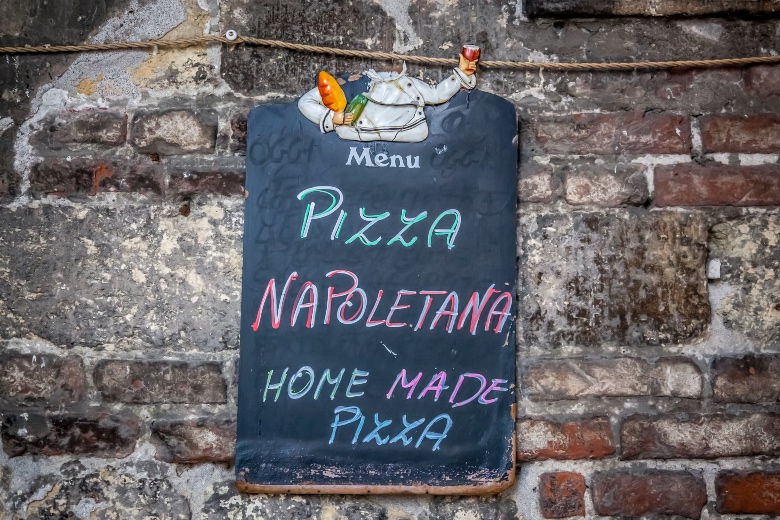
Pizza is a must try whilst you’re out in Verona. The italian city is well known for it’s thin based pizzas which feature all the cheese that you could ever ask for. The Pizza’s are fresh and well cooked (on both sides). You will also always get the chance to mix perfectly harmonious condiments on top of your pizza. Even if you are not too keen on eating your bodyweight in pizza, still ensure you speak to some of the pizza enthusiasts at the shops, you can ask questions about the flour, grains and leavening. Surely, you will leave learning something new about pizza.
Make sure to grab a pizza, but beware the portion sizes are humongous, so you may want to get one to share between two!
Giardino Giusti
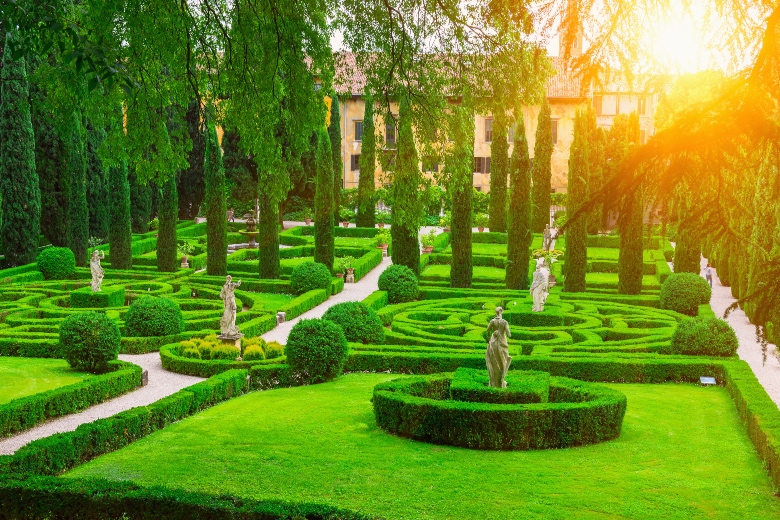
Giardino Giusti are splendid gardens which were planted by the Gusti family in the 1400’s. This green hidden gem has eight formal parterres, each of which have different patterns of hedges. This can never be guessed from the exterior of the palazzo, so make sure you actually sought out the garden yourself. You can find it located on the rear side of Palazzo Giusti. The gardens are intriguing, with the fountains and grottoes. They are also very serene and provide a peaceful retreat from the city. Giardino Giusti is ranked among the best Renaissance gardens in Italy.
Stroll to the belvedere and enjoy one of the most beautiful views of Verona.
Teatro Romano
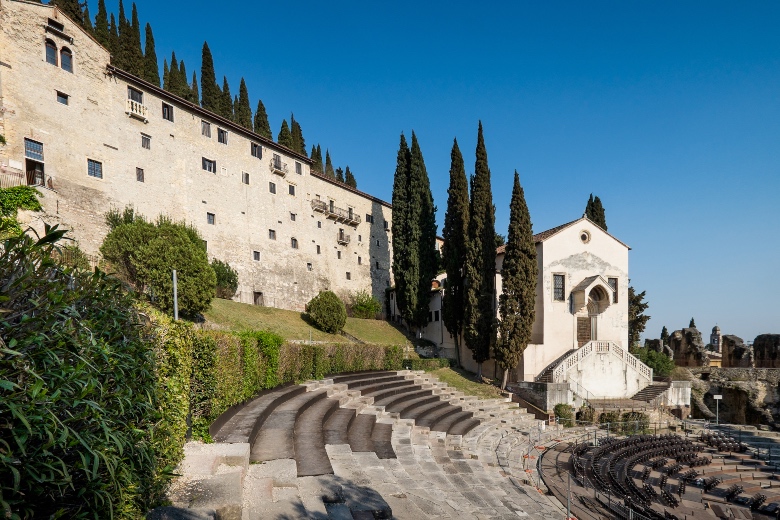
Teatro Romano is located across the Roman bridge of Ponte Pietra, and is fairly elevated above the city. It is important to note that the Roman Theatre is very different from the Amphitheatre. Teatro Romano was built in the first century during the reign of Augustus and excavated between 1904 and 1939. Although the theatre is now all but a set of ruins, it is still used to this day for some performances. Except this is on a smaller scale as it is relatively small. Teatro Romano is the home of the summer Verona Jazz Festival.
Go and see the theatre and appreciate the view from the top as you look down at the beautiful red-tile roofs of the town.
Sant’Anastasia
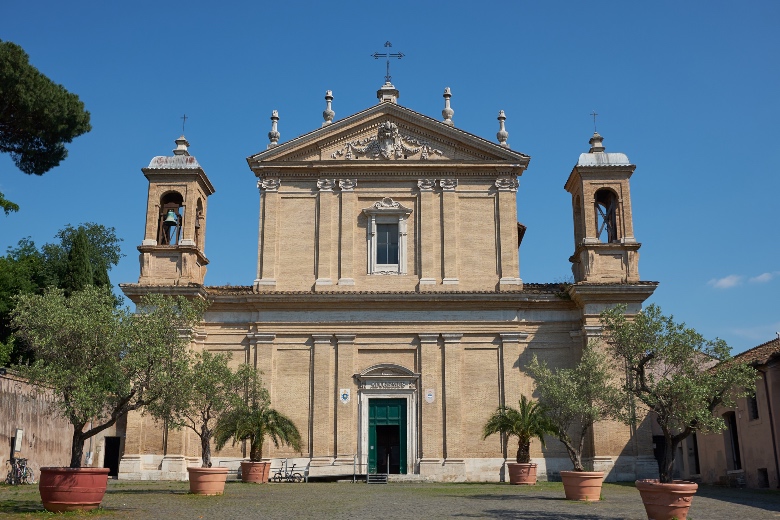
Sant’Anastasia is arguably one of the most impressive churches in the city of Verona, it is also the largest church in all of Verona. Dating back to the late 13th century, Sant’Anastasia is beautiful and intricate in design. The church which was dedicated to the Virgin Anastasia, is located at Piazza di Sant’Anastasia. The basilica is supported by twelve impressive pillars in red Veronese marble and boasts of a very high bell tower. The nave arcades also have an odd design. The ceiling inside is elegantly decorated and you will find yourself staring up intently at it, make sure to not hurt your neck!
You will find a multitude of frescoes at this Basilica, there are several collections of paintings by famous Veronese painters. Sant’Anastasia’s most famous work of art is the fresco by Pisanello representing St George freeing the Princess.
Lake Garda
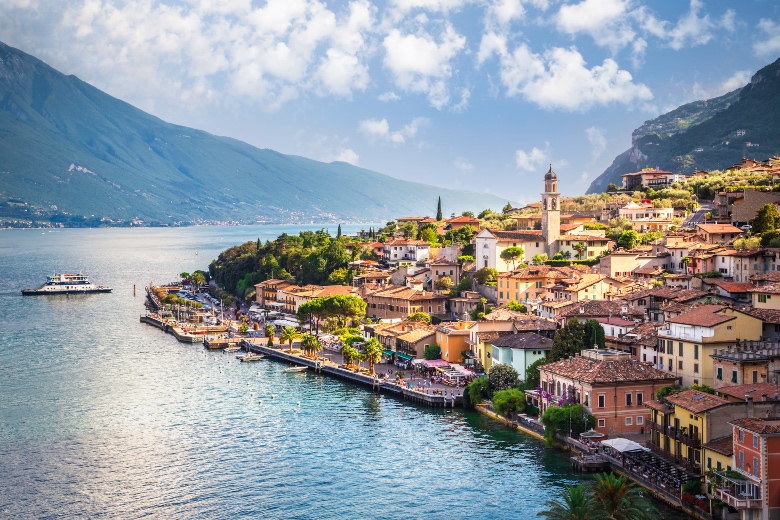
Lake Garda is known for its crystal clear water. The lake which is situated north of Verona is not too far away and it takes about 35/40 minutes to get there. The impressive lake covers a surface area of 369 square kilometres and has a water volume of 50.35 kilometres cubed; it is Italy’s largest lake. Not only can you take part in some water sports at the lake, but there are dozens of picturesque towns and exciting sights on its shores. Garda Town, Lazise, Bardolino and Peschiera del Garda are all lakeside towns.
The diverse landscape on the lakes shores will stun you, take a boat trip and discover new views of Verona.
Via Mazzini
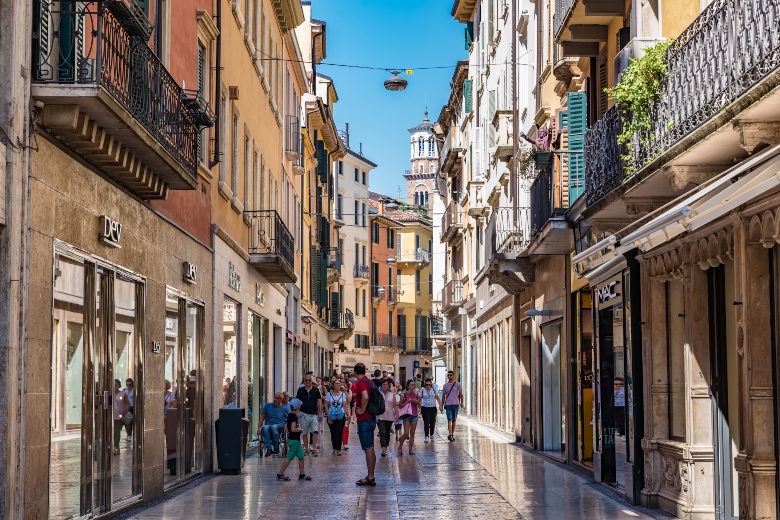
Via Mazzini is considered the commercial center of Verona, the place for you to shop till you drop. The shopping scene in Verona is superb and Via Mazzini is a testament to this. The narrow pedestrian street is populated with designer shops and local boutiques. The stylish street is named after Giuseppe Mazzini who was instrumental in bringing about the unification of Italy. There are stores all the way from H&M, to Valentino. You can also explore Verona’s history whilst shopping, the ground floor of the Benetton store is covered in glass, so you can see the 1st-century Roman Domus excavated beneath it.
Whether you want to shop, or just be in the midst of it all, wander down the charming street which has the classic Italian-style architecture painted in pastel colors.
Soave day trip
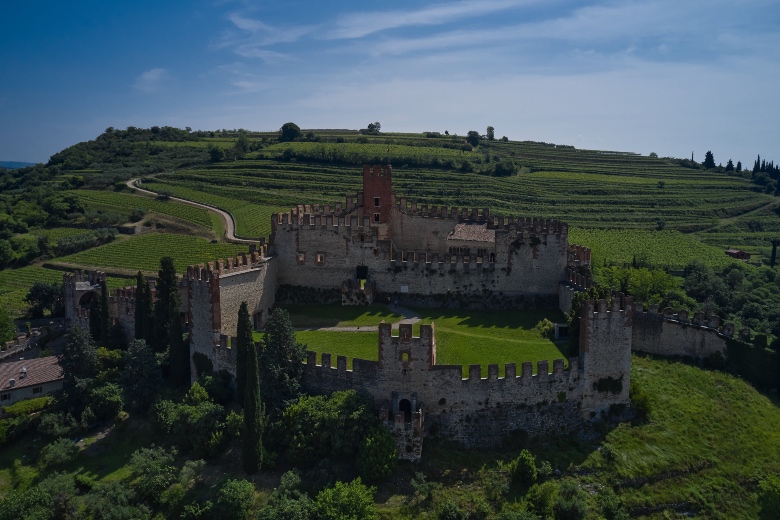
Soave is a small village with a population of roughly 6,800 people. The medieval town is located at the foot of the Lessini Mountains. Soave is particularly known for the production of Soave wine (though Soave’s white wine is better known than the village itself). In May, during the “Soave White Wine Medieval Festival” the medieval village is celebrated. The Garganega Grape on the other hand is celebrated in September during the “Grape Festival”, which is the oldest in Italy. The town of Soave has many medieval characteristics, from the humongous castle to the several palazzos. Explore one of the best preserved medieval villages in all of Italy.
Take a day trip to Soave and discover the village known worldwide for its namesake white wine.


